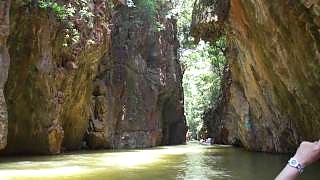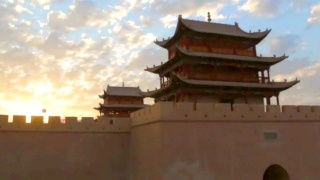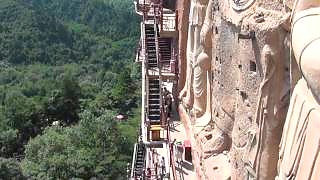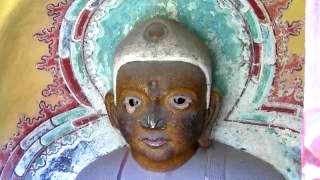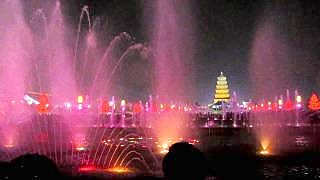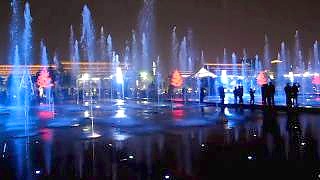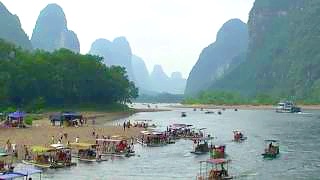Videographer : marcobandi
[640],shadow=true,start=,stop=YunGang Caves
The YunGang Grottoes, one of the three major cave clusters in China, punctuate the southern foot of the north face of WuZhou Mountain, in the ShiLi River valley, 16 km west of Datong City. The worked area extends about 1 km (0.7 miles) from east to west. There are 252 caves of various sizes and over 50,000 stone statues.
The Caves are divided into east, middle, and west parts. Pagodas dominate the eastern parts; west caves are small and mid-sized with niches. Caves in the middle are made up of front and back chambers with Buddha statues in the center. Embossing covers walls and ceilings.Started in 450, YunGang Caves are a relic of the Northern Wei Dynasty (386-534). Absorbing Indian Gandhara Buddhist art, Yungang sculptures developed traditional Chinese art blended with contemporary social features.
The Hanging Temple at Mount HengShan
The Hanging Monastery (XuanKong Si) is one of the most dramatic sights at HengShan - a wooden temple clinging to the cliff side about 75 meters (250 feet) above ground, appearing to defy gravity with only a few wooden posts as support. The Hanging Monastery, constructed from 491, has survived more than 1,500 years. The extant monastery was largely rebuilt during the Ming (1368–1644) and Qing (1644–1911) dynasties and last restored in 1900. There are 40 wooden halls and structures linked by an ingenious system of pillars, posts and walkways.
HengShan lies in HunYuan County, ShanXi province. The closest city is Datong, 65 kilometers to the northwest. Although HengShan is one of the five sacred Taoist mountains of China, the temples and grottoes at this part of the mountain are all Buddhist, though with some Taoist, and Confucian influences.
Along with the YunGang Grottoes, the Hanging Temple is one of the main tourist attractions and historical sites in the Datong area. Built more than 1,500 years ago, this temple is notable not only for its location on a sheer precipice but also because it includes Buddhist, Taoist, and Confucian elements. The structure is kept in place with wooden crossbeams fitted into holes chiseled into the cliffs; the main supportive structure is ingeniously hidden.
According to legend, construction of the temple started at the end of the Northern Wei dynasty by only one man, a monk named Liao Ran. Over a history of more than 1,500 years, many repairs and extensions have led to its present-day scale.
YingXian Pagoda
In the center of the small town, 75 kilometers south of Datong, stands the stately YingXian Pagoda, one of the oldest wooden buildings in China. Constructed in 1056 during the Liao dynasty, the octagonal pagoda, towers nearly 70m high in nine stories; an early masterpiece of structual engineering.
 YunGang Caves, Hanging Temple, YingXian Pagoda, HengShan, Datong
YunGang Caves, Hanging Temple, YingXian Pagoda, HengShan, Datong